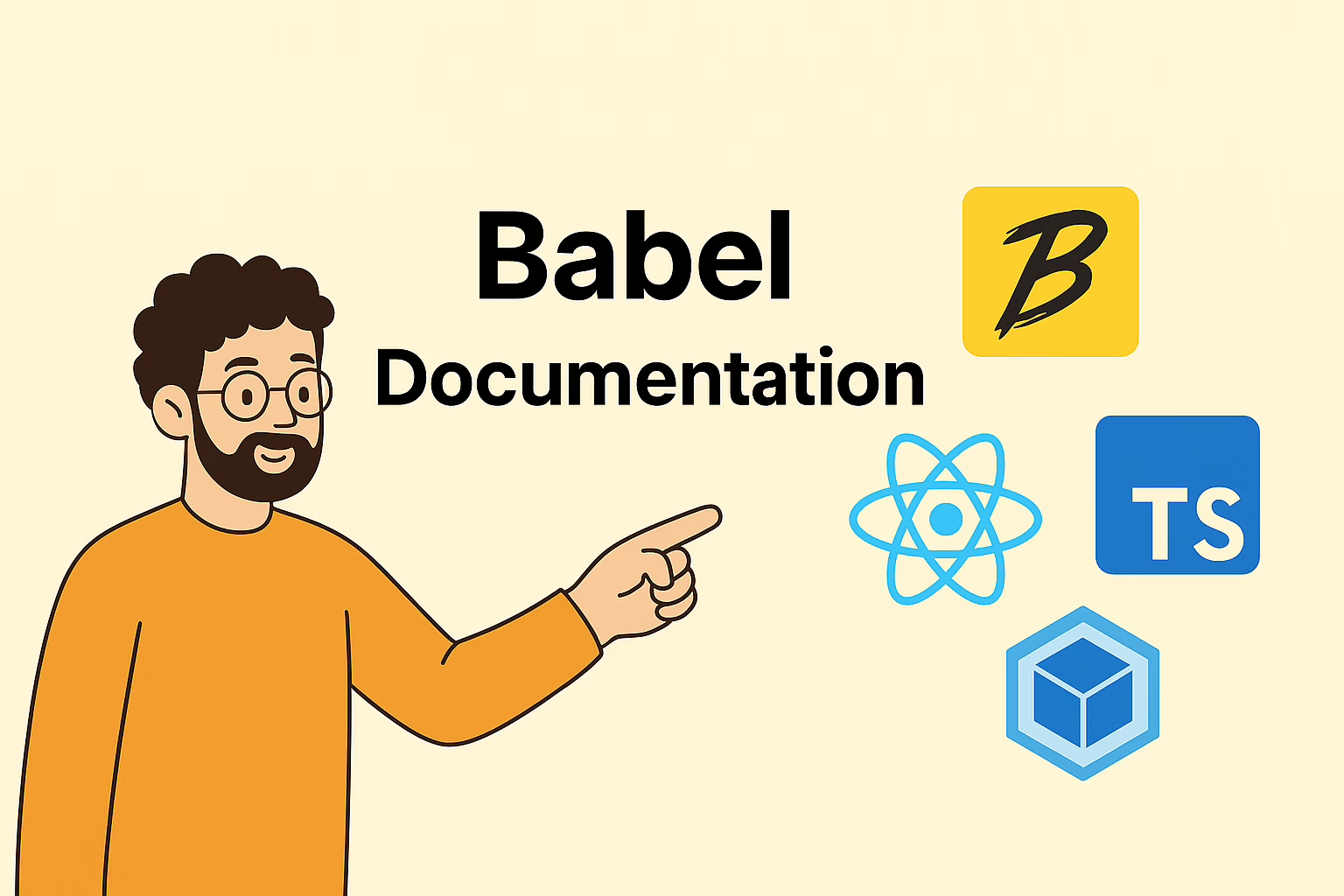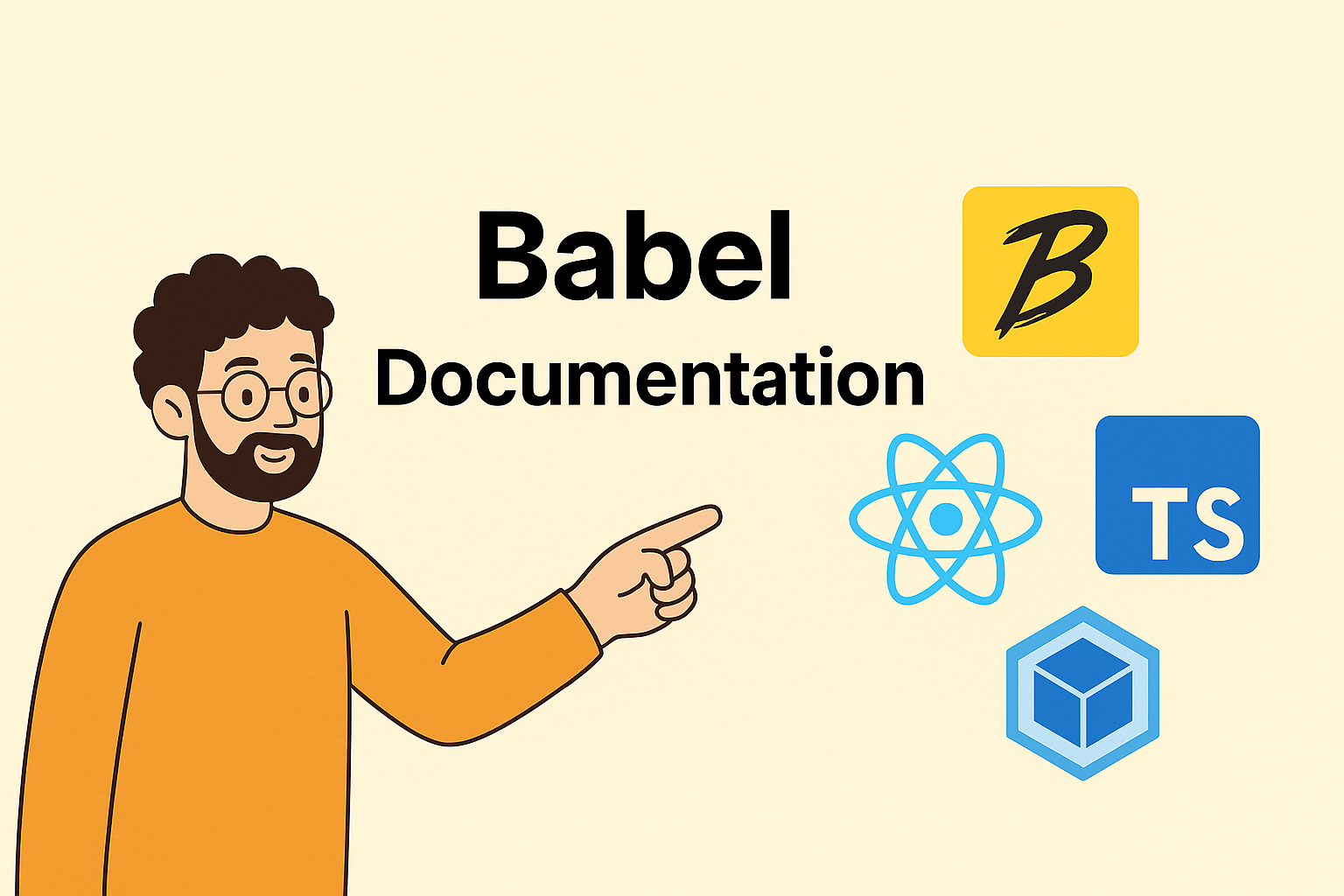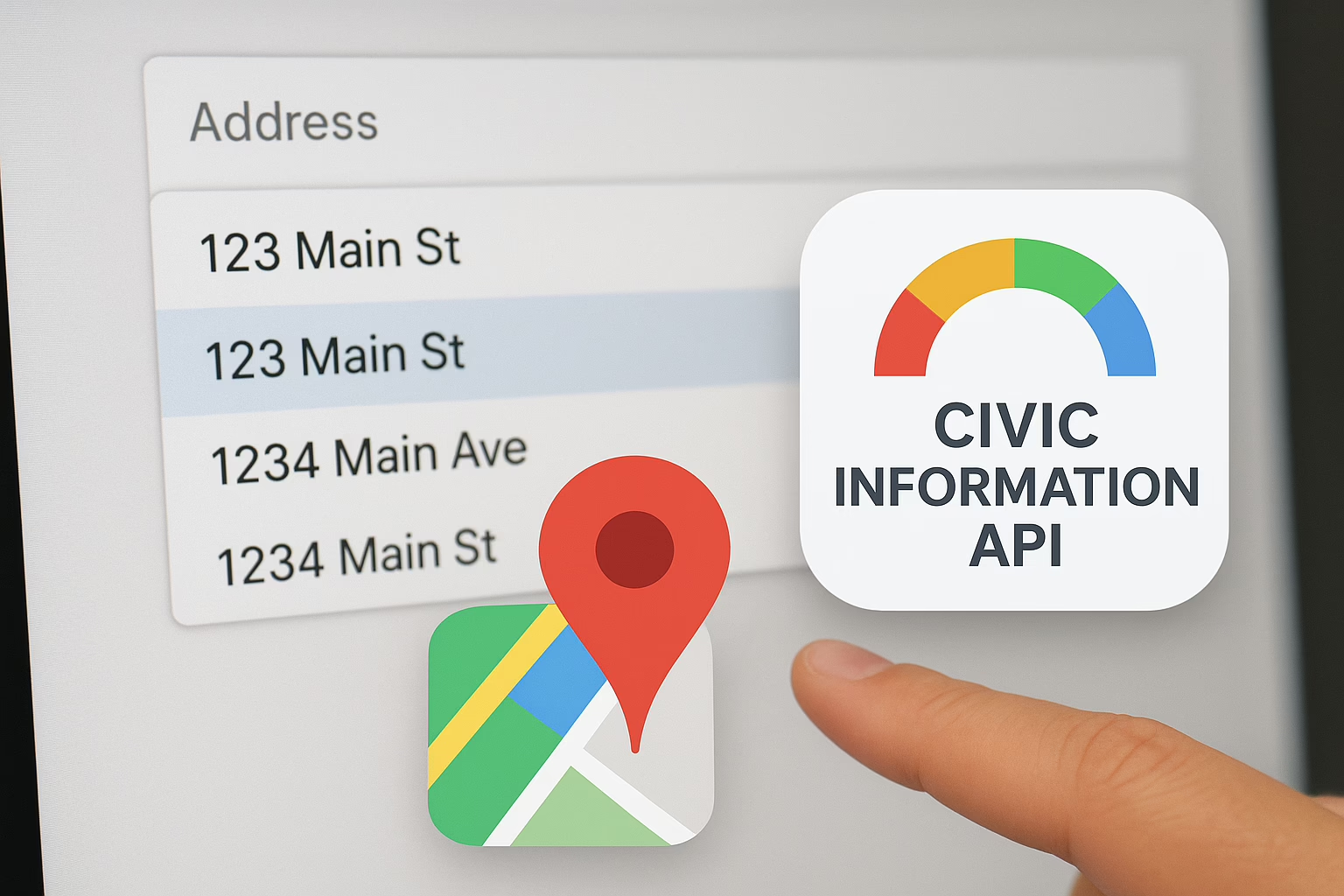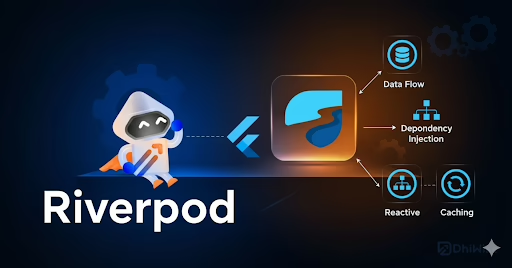JavaScript continues to evolve at a rapid pace, introducing new features that make development faster, cleaner, and more efficient. However, not all browsers and environments support the latest standards. This is where Babel comes in—a powerful JavaScript compiler that bridges the gap by transforming modern syntax (ES6, ES7, and beyond) into versions compatible with older environments.
Babel is especially useful for projects built with React and TypeScript, as it can seamlessly handle JSX transformations and TypeScript compilation. It also integrates perfectly with modern build tools like Webpack, ensuring that developers can write modern, future-ready code without worrying about backward compatibility.
At Sreyas IT Solutions, we’ve helped businesses across industries implement Babel as part of their React, TypeScript, and Webpack setups. With our experience in building scalable, modern applications, we understand how crucial Babel is in making projects both developer-friendly and production-ready. This guide is designed to walk you through installing, configuring, and effectively using Babel—whether you’re starting fresh or integrating it into an existing project.
Babel Installation
Babel is easy to install using npm or yarn. The core of Babel consists of several packages that you can install based on your needs, including the Babel compiler, presets, and plugins.
To get started, first initialize your Node.js project.
npm init -y
Or using yarn
yarn init -y
Then, install the core Babel packages:
npm install --save-dev @babel/core @babel/cli
yarn add --dev @babel/core @babel/cli
For projects using React or TypeScript, you will also need additional presets:
npm install --save-dev @babel/preset-env @babel/preset-react @babel/preset-typescript
yarn add --dev @babel/preset-env @babel/preset-react @babel/preset-typescript
Configuration of Babel
Babel uses a configuration file, .babelrc, or configuration in the package.json file to specify which plugins or presets Babel should use. The .babelrc file should be in the root of your project.
{
"presets": [
"@babel/preset-env",
"@babel/preset-react",
"@babel/preset-typescript"
],
"plugins": [
"@babel/plugin-proposal-class-properties"
]
}
- @babel/preset-env allows you to write modern JavaScript and automatically compiles it to a version that works in the target environment.
- @babel/preset-react allows JSX syntax to be converted to JavaScript.
- @babel/preset-typescript is used if you’re working with TypeScript.
- @babel/plugin-proposal-class-properties enables the use of class properties.
We frequently configure Babel for projects that involve React dashboards, TypeScript-heavy applications, and even enterprise-grade systems, ensuring every setup is optimized for maintainability and performance.
Using Babel
Once Babel is installed and configured, you can use it to compile your code. Babel has several ways to run the compiler:
Using babel CLI
You can use Babel’s Command Line Interface (CLI) to transpile files directly from the terminal. Here’s an example of using the Babel CLI to transpile a file:
npx babel src --out-dir lib
Compiling Files Manually
const babel = require('@babel/core');
const fs = require('fs');
const code = fs.readFileSync('src/input.js', 'utf-8');
const transformedCode = babel.transformSync(code, {
presets: ['@babel/preset-env']
});
fs.writeFileSync('dist/output.js', transformedCode.code);Common Plugins and Presets
Babel comes with a rich set of plugins and presets that enable modern JavaScript features. Some common plugins and presets include:
- @babel/preset-env: Automatically compiles JavaScript to be compatible with specified environments
- @babel/preset-react: Transforms JSX syntax used in React applications.
- @babel/preset-typescript: Allows Babel to understand and compile TypeScript code.
- @babel/plugin-proposal-class-properties: Allows the use of class properties in JavaScript classes.
- @babel/plugin-syntax-dynamic-import: Enables the use of dynamic import() statements in JavaScript.
Plugins allow you to fine-tune specific language features while presets provide a comprehensive set of transformations for a specific environment.
Babel CLI
The Babel CLI provides a powerful set of commands for transforming files. Some common commands include:
- babel src –out-dir dist: This compiles all files in the src directory and outputs them into the dist directory.
- babel src –watch: This runs Babel in watch mode, automatically compiling files when they change.
- babel-node: Babel’s node runner allows you to run code with Babel’s transformations on the fly.
For more options, you can use npx babel –help to view available commands and configurations.
Integrating Babel with Webpack
Webpack is a module bundler often used in modern JavaScript projects. Integrating Babel with Webpack allows you to transpile JavaScript, JSX, and TypeScript files during the bundling process.
Install necessary dependencies:
npm install --save-dev webpack webpack-cli babel-loader
or
yarn add --dev webpack webpack-cli babel-loader
Create a webpack.config.js file in the root of your project:
const path = require('path');
module.exports = {
entry: './src/index.js',
output: {
path: path.resolve(__dirname, 'dist'),
filename: 'bundle.js'
},
module: {
rules: [
{
test: /\.js$/,
exclude: /node_modules/,
use: 'babel-loader'
}
]
}
};
In this example, Webpack will use babel-loader to process .js files and apply the Babel transformations.
Troubleshooting
If you encounter issues with Babel, here are some common solutions:
- Missing Babel plugins/presets: Ensure you have all necessary Babel plugins and presets installed. You can check your .babelrc file or package.json to verify the dependencies.
- Module resolution errors: If Babel isn’t recognizing newer syntax like ES modules, ensure you have the correct version of Babel installed and that your configuration supports the required syntax.
- Webpack errors: If Webpack is failing to run or transform code, check that babel-loader is correctly configured in your webpack.config.js.
At Sreyas IT Solutions, we’ve resolved countless setup issues while working with international clients across the US, UK,and European countries. Having set up Babel for everything from enterprise applications to lightweight web tools, our experience helps us quickly identify and fix common pitfalls.
Conclusion
Babel is more than just a JavaScript compiler—it’s a gateway to the future of web development. By enabling developers to use modern JavaScript features, JSX, and TypeScript without worrying about compatibility, Babel makes projects more maintainable and future-proof.
Whether you’re setting up a new React + TypeScript application or integrating Babel into a complex Webpack build, the process is straightforward once you understand the basics.
At Sreyas IT Solutions, we specialize in building modern, high-performance applications using the best tools available. Our hands-on expertise with Babel, React, TypeScript, and Webpack ensures that businesses can adopt the latest technologies with confidence while maintaining reliability across all platforms.
With this guide, you now have a solid foundation for installing, configuring, and effectively using Babel in your projects.








